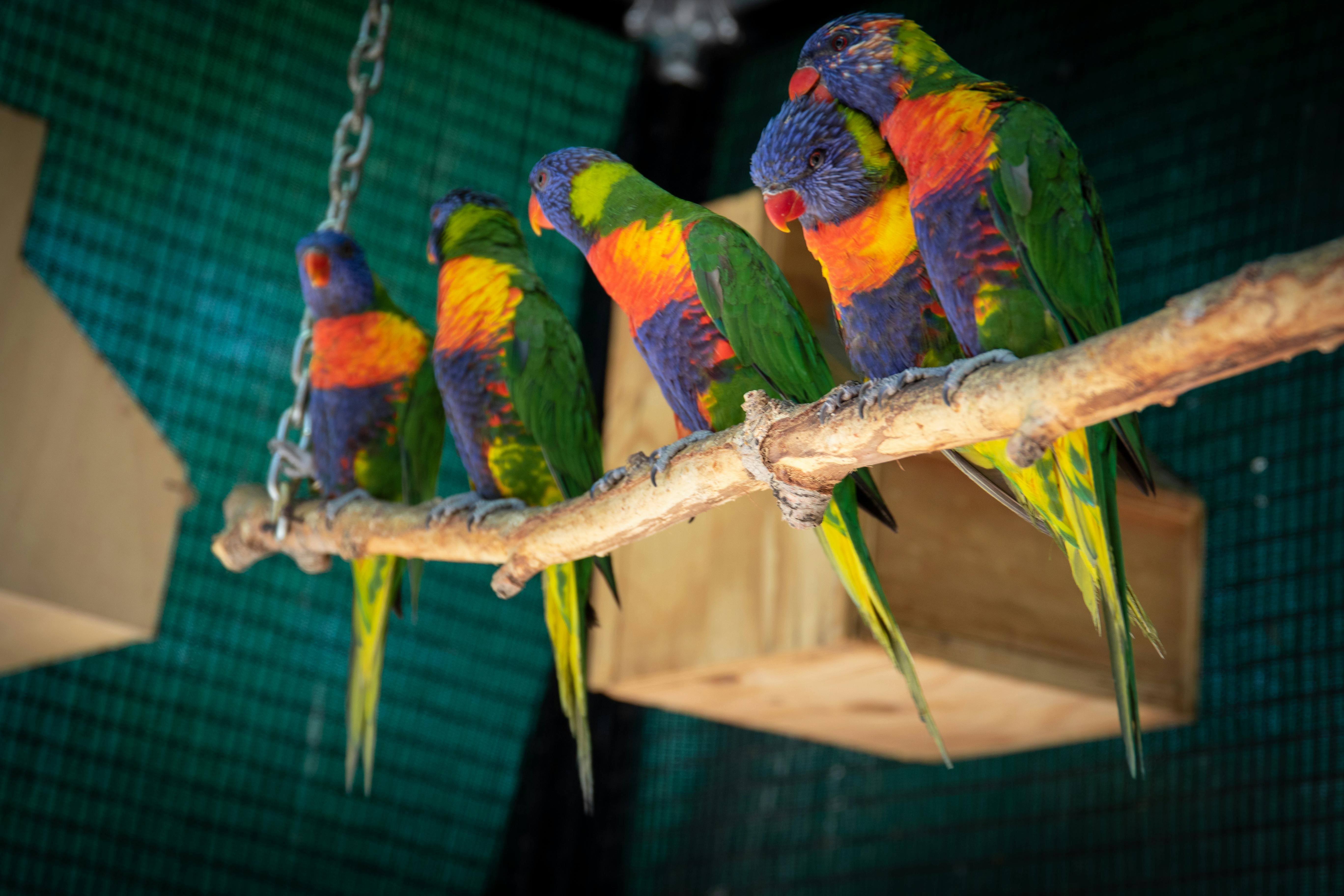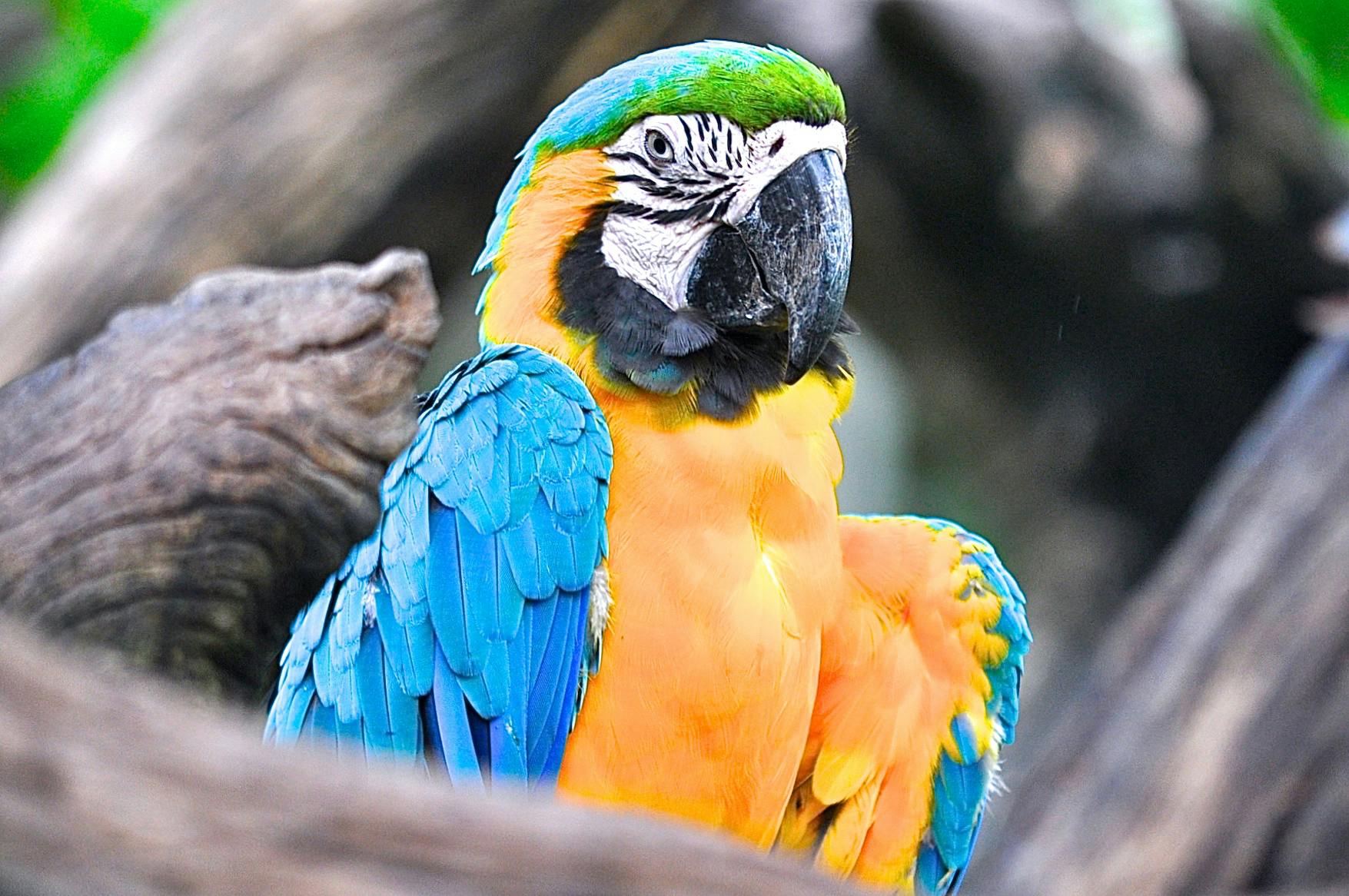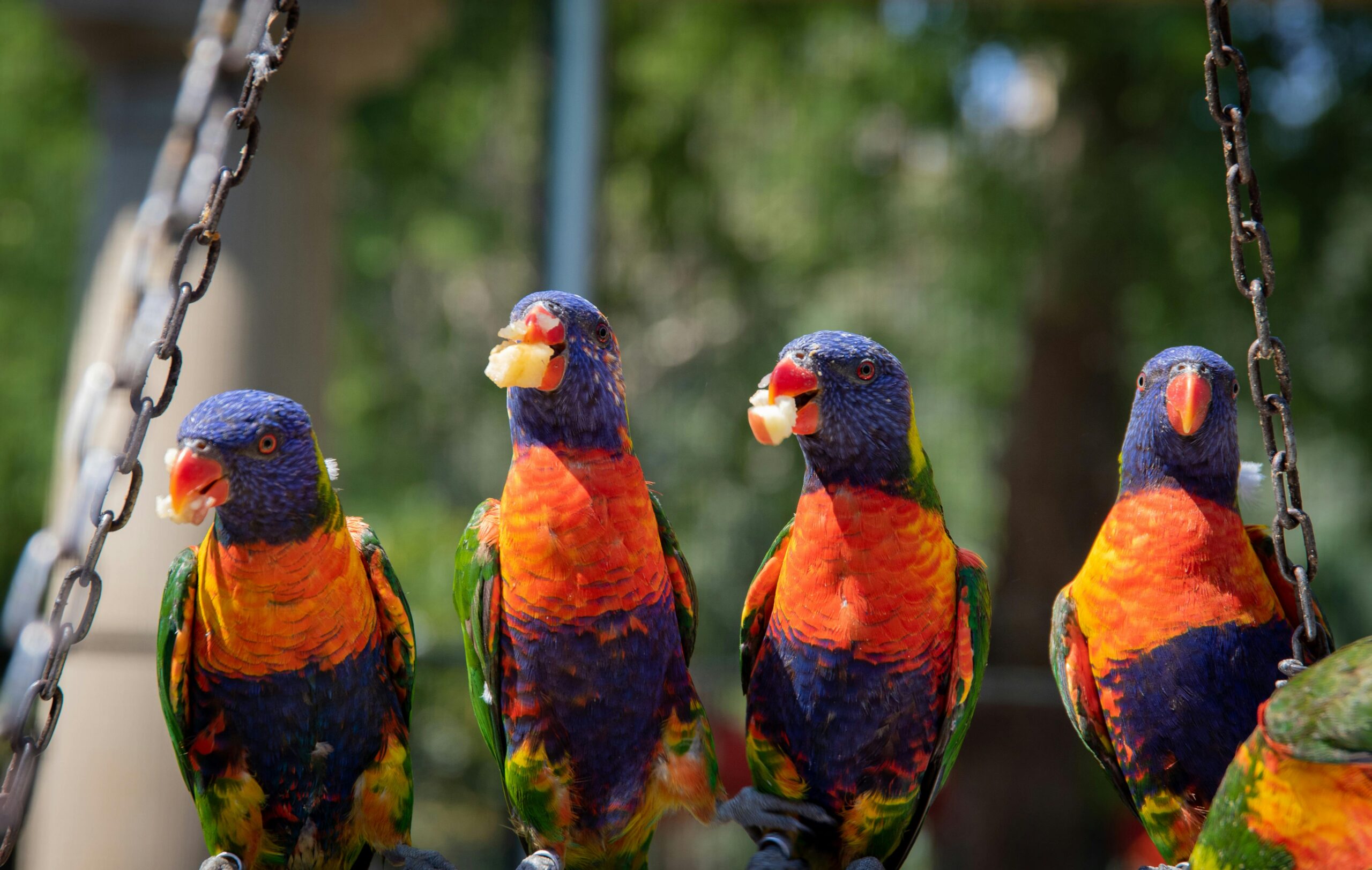Top 7 Effective Ways to Care for Your Blue Parrot in 2025
Owning a blue parrot is an exciting journey filled with colorful personalities and joyful companionship. These exotic birds not only brighten your home with their stunning blue feathers but also provide incredible emotional warmth. Understanding how to care for your blue parrot will ensure a long, healthy life filled with happiness for both you and your pet.
In this article, we will explore seven effective strategies for caring for your blue parrot. From nutrition to socialization, these tips will help you create a nurturing environment that promotes your feathered friend’s well-being. So let’s dive in, uncovering invaluable insights that every bird owner, especially pet bird enthusiasts, should know!
Key takeaways include understanding parrot behavior, feeding the right parrot food, and providing ample enrichment activities to support their health and happiness.
Understanding Your Blue Parrot’s Behavior
Learning about blue parrot behavior is essential for any bird owner. These intelligent pets exhibit unique social traits that require proper attention and understanding. Recognizing their signals, including body language and vocalizations, can significantly enhance your bonding experience.
Body Language of Blue Parrots
Blue parrots, like many parrot species, communicate through body language. Their feathers and posture can speak volumes about their mood. For instance, a puffed-up bird may be feeling threatened, while wings lowered slightly can indicate relaxation. Observing these signals will provide insight into how your blue parrot feels in various situations.
Vocalization Patterns
Talking parrots are famous for their vocal abilities. Your blue parrot may mimic sounds or engage in unique vocalizations to express itself. Pay close attention to these sounds; they can indicate everything from excitement about playtime to the need for attention. Engaging in conversation with them can help strengthen your bond and improve their communication skills.
Socialization Techniques
Social birds like blue parrots thrive on interaction. Regularly spending time with your pet helps them feel secure and happy. Integrate socialization techniques such as allowing playtime outside the cage and offering toys that promote interactive play. Socialization promotes health, helping with mental stimulation and emotional well-being, crucial attributes for your pet’s overall happiness.
As we explore the next section, remember that understanding your blue parrot’s behavior directly influences its training and enrichment opportunities.
Nourishing Your Blue Parrot: Diet and Nutrition
Proper nutrition is a cornerstone of parrot care. The right parrot food not only fuels their energetic lifestyle but also supports their long-term health. Giving your blue parrot a balanced diet will provide them with necessary vitamins and nutrients unique to their dietary needs.
Choosing the Right Parrot Food
When selecting food, prioritize a high-quality diet featuring a mix of pellets, seeds, fruits, and vegetables. Pellets provide essential nutrients while a variety of fresh foods ensures they receive the vitamins needed for a healthy life. Be cautious, however, as certain foods like avocado and chocolate can be toxic to parrots.
Portion Control Matters
Feeding your parrot involves not only selecting the right types of food, but also proper portion control. Overfeeding can lead to obesity, a significant risk for many pet birds. It’s important to monitor their food intake and adjust as necessary, paying attention to your bird’s weight and overall health.
Introducing New Foods
Variety is crucial in a blue parrot’s diet. Introduce new foods gradually to maintain interest and keep mealtime exciting. You might observe your parrot’s behavior patterns play a role in how they accept new items. Be patient and create a positive experience around trying new foods, aiding in their overall nutrition journey.
Transitioning to the next section, a key part of health and nutrition is ensuring proper hygiene and safety in your parrot’s environment.

Creating a Safe and Enriching Habitat
A well-setup parrot habitat can contribute significantly to parrot health and happiness. A suitable bird cage not only protects your blue parrot from dangers but also serves as a comforting environment to explore.
Choosing the Right Bird Cage
Selecting a spacious bird cage is crucial for your blue parrot’s well-being. Ensure the cage allows for adequate flight space, as these birds require movement to stay mentally and physically healthy. Additionally, the cage should be made of safe materials, ensuring it’s free from hazardous chemicals.
Essential Bird Supplies
Providing your blue parrot with appropriate supplies enhances its living standards. Invest in high-quality bird supplies such as perches, toys, and food bowls. Each element should enrich your parrot’s life, encouraging play, exploration, and natural behaviors.
Bird Enrichment Activities
Parrots thrive in environments that stimulate their senses. Engage your blue parrot with toys that challenge their intellect, such as puzzles or foraging toys. Enriching activities not only keep them entertained but also prevent behavioral problems arising from boredom, ensuring a happy, lively companion.
As we lead into our next section, the importance of grooming and hygiene cannot be understated in assuring your blue parrot’s health and comfort.
Grooming and Hygiene Essentials
Regular grooming is a fundamental aspect of parrot care. Maintaining your blue parrot’s attire and hygiene promotes comfort and boosts overall health. Properly grooming your pet bird prevents issues related to feather health and skin irritations.
Tips for Pet Bird Grooming
Routine grooming includes trimming nails, cleaning feathers, and bathing. Use specialized tools to safely trim nails, as sharp nails can lead to injuries. Bathing can be done by gentle misting with water or providing a shallow dish of water to encourage natural cleaning behaviors.
Maintaining Feather Health
Feathers are crucial for flight and insulation. Ensure your blue parrot can engage in natural preening behaviors by providing suitable surfaces for grooming, like perches with varying textures. Regular observation will help detect issues like feather plucking or molting, which may indicate stress or health concerns.
Health Check-ups with Avian Veterinarians
Regular veterinary visits are essential. Establish a routine check-up schedule with an avian veterinarian to ensure your blue parrot remains healthy. They can guide appropriate health care strategies, including vaccinations and preventive care tailored to your bird’s specific needs.

Training Your Blue Parrot: Behavior and Communication
Training plays a vital role in integrating your blue parrot into your home. Effective parrot training will not only foster good behavior but also enhance your pet’s quality of life as you build a meaningful relationship through communication and understanding.
Basic Training Techniques
Begin training sessions when your blue parrot is young; they are more receptive during this developmental phase. Focus on positive reinforcement techniques, such as rewarding with treats or praise for desired behaviors. Consistency is key; regular training sessions build a strong foundation for learning.
Teaching Tricks and Commands
Training your blue parrot to perform tricks can be enjoyable for both pet and owner. Simple commands like “step up” or “come here” encourage cooperation and bonding. You can progressively teach them more complex parrot tricks as they master basic commands, enhancing your communication further.
Understanding Parrot Communication
Each blue parrot has unique vocalizations and interactions. Pay attention to their sounds and body language; this helps in recognizing their needs and moods. Mastering this avian language not only deepens your bond but also allows you to create a more harmonious environment.
Enriching Your Blue Parrot’s Life
Enrichment is essential to maintain your blue parrot’s mental and emotional well-being. Providing stimulation and variety aids in promoting good behavior and reducing stress levels, contributing to a happy quirk of personality.
Interactive Toys and Games
Invest in engaging parrot toys that require problem-solving, making playtime fun and educational. Rotate toys regularly to keep your blue parrot interested and prevent boredom. Activities like foraging encourage natural instincts, promoting emotional health.
Social Interactions and Playtime
Socialization is crucial for blue parrots. Organize playdates or supervised time outside their cage, allowing them to interact with other birds or family members. This not only prevents loneliness but also encourages a healthy social structure, essential for avian friends.
Understanding Avian Welfare
A positive environment contributes significantly to your blue parrot’s overall welfare. Incorporate elements like natural sunlight, ambient sounds, and a variety of sights to enhance their habitat. This kind of stimulation can lead to happier birds and greater enthusiasm in their daily activities.
Conclusion
Caring for a blue parrot in 2025 requires a multifaceted approach encompassing understanding behavior, nutrition, habitat, grooming, and training. By following the strategies outlined above, you can ensure your blue parrot not only thrives but also becomes a beloved companion that enriches your life. When you prioritize their needs and emotional well-being, a deep bond will flourish, creating lasting memories with your colorful pet.
As you embark on this exciting journey, remember to remain patient, attentive, and engaged—you will see the rewards in the joy and companionship of your blue feathered friend!
